Home>Storage & Organization>Kitchen Organizing Tools>How To Teach A Cat To Use A Litter Box
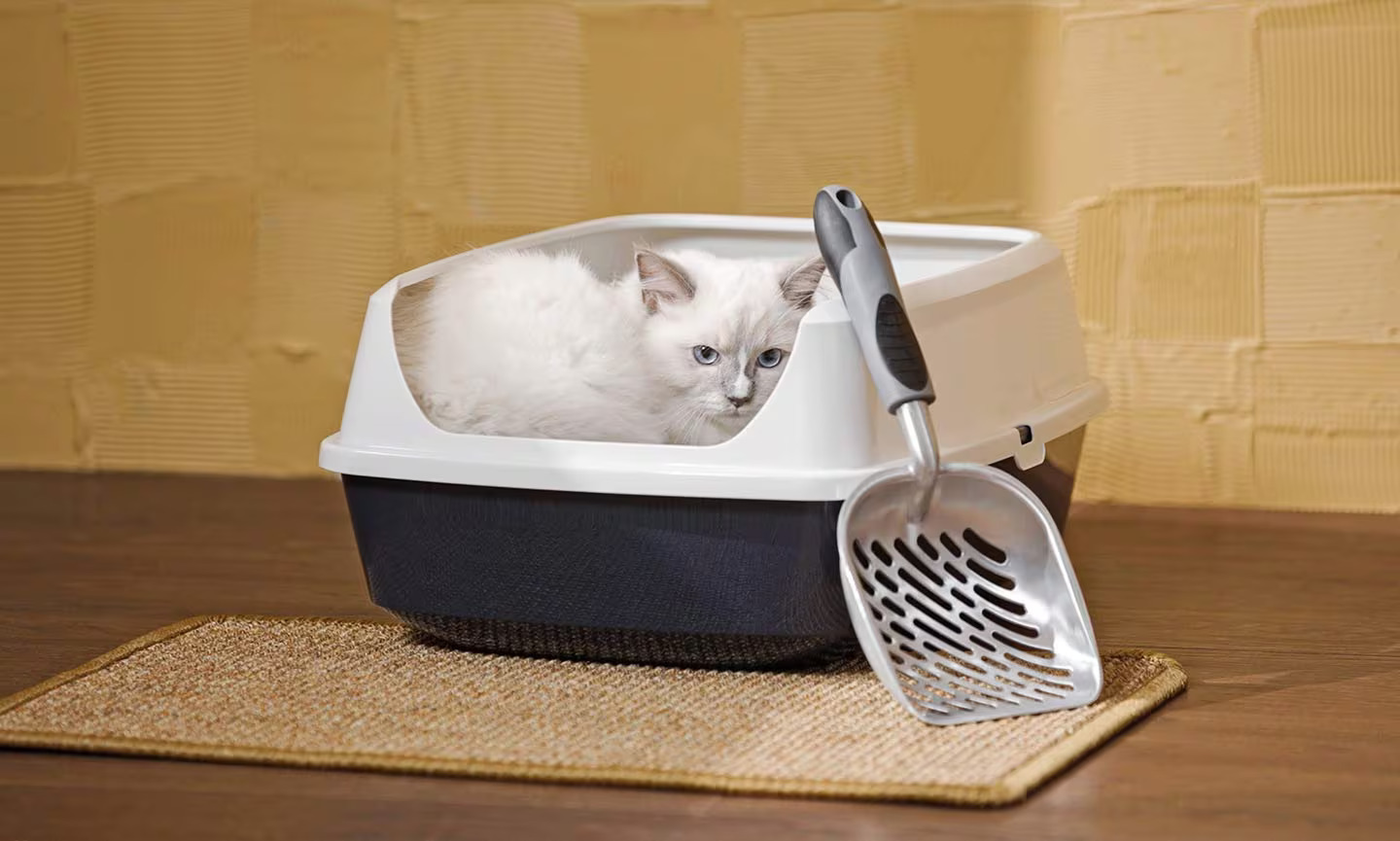

Kitchen Organizing Tools
How To Teach A Cat To Use A Litter Box
Modified: August 24, 2024
Discover the best kitchen organizing tools to keep your space tidy and efficient. Find everything you need to declutter and optimize your kitchen.
(Many of the links in this article redirect to a specific reviewed product. Your purchase of these products through affiliate links helps to generate commission for Storables.com, at no extra cost. Learn more)
Introduction
Teaching a cat to use a litter box is an essential aspect of feline care for both new and experienced cat owners. A litter box provides a designated area for your cat to relieve itself, promoting a clean and hygienic living environment for both you and your feline companion. By understanding your cat's behavior, selecting the appropriate litter box and litter, and implementing effective training techniques, you can successfully teach your cat to use the litter box.
This comprehensive guide will walk you through the process of introducing your cat to the litter box, addressing common challenges, and maintaining a clean and inviting litter box environment. Whether you have a new kitten or an adult cat, the principles outlined in this guide can be tailored to suit your cat's individual needs and preferences.
Cats are naturally inclined to use a designated area for elimination, making litter box training a relatively straightforward process. However, it's important to approach this task with patience, consistency, and a deep understanding of your cat's instincts and behaviors. By following the tips and strategies provided in this guide, you can establish a positive litter box routine that benefits both you and your beloved feline companion.
Throughout this article, we will delve into the nuances of feline behavior, explore the various types of litter boxes and litter, and offer practical advice on training your cat to use the litter box effectively. Additionally, we will address common issues that may arise during the training process and provide troubleshooting tips to help you overcome these challenges.
By the end of this guide, you will have the knowledge and confidence to guide your cat through the process of using the litter box consistently, ensuring a harmonious coexistence between you and your feline friend. Let's embark on this journey to create a positive litter box experience for both you and your cat.
Key Takeaways:
- Understanding Your Cat’s Behavior
Cats have natural instincts for cleanliness and privacy when using the litter box. By observing their behavior and addressing stressors, you can create a comfortable environment for successful litter box training. - Maintaining the Litter Box
Regular scooping, complete litter changes, and odor control are essential for a clean and inviting litter box. Prioritizing maintenance supports your cat’s natural instincts and fosters a harmonious bathroom routine.
Read more: How To Teach A Feral Cat To Use A Litter Box
Understanding Your Cat's Behavior
Understanding your cat's behavior is crucial when it comes to litter box training. Cats are known for their fastidious nature and strong instincts, which greatly influence their bathroom habits. By gaining insight into your cat's natural behaviors, you can effectively facilitate the litter box training process and create an environment that aligns with your cat's preferences.
Cats are inherently clean animals and have a strong inclination to bury their waste. This instinct stems from their wild ancestors, who relied on this behavior to avoid attracting predators. When domesticated, cats retain this instinct, making it essential to provide them with a suitable area for elimination. Understanding this natural inclination can guide you in selecting the right litter box and litter, as well as in positioning the litter box in an appropriate location within your home.
Additionally, observing your cat's behavior can provide valuable cues about their preferences. Some cats may prefer privacy when using the litter box, while others may favor open spaces. By paying attention to your cat's body language and reactions, you can gain insights into their comfort level and make adjustments to the litter box setup accordingly.
Furthermore, understanding your cat's behavior involves recognizing signs of stress or discomfort that may impact their litter box habits. Changes in the household, such as the introduction of a new pet or a move to a new home, can cause stress in cats, leading to potential litter box issues. By being attuned to your cat's behavior and addressing any underlying stressors, you can mitigate the risk of litter box aversion and maintain a positive bathroom routine for your feline companion.
In essence, understanding your cat's behavior is the cornerstone of successful litter box training. By acknowledging their natural instincts, observing their preferences, and addressing potential stressors, you can create an environment that supports your cat's natural behaviors and fosters consistent litter box usage. This foundational understanding will serve as a guiding principle as you proceed with the training process, ensuring that you can effectively meet your cat's needs and facilitate a harmonious relationship between your cat and their litter box.
Choosing the Right Litter Box
Selecting the right litter box is a pivotal step in creating a conducive environment for successful litter box training. The market offers a diverse range of litter boxes, each designed to accommodate different cat preferences and household dynamics. When choosing a litter box, several factors should be considered to ensure that it meets both your cat's needs and your practical requirements.
Size plays a crucial role in the selection process. A litter box should be spacious enough to allow your cat to comfortably move around and assume their preferred posture for elimination. Additionally, if you have multiple cats, it's essential to provide each cat with their own litter box to prevent territorial issues and promote a sense of individual space.
The type of litter box also warrants careful consideration. Open litter boxes offer accessibility and visibility, making them suitable for cats who prefer an open environment. On the other hand, covered or enclosed litter boxes provide privacy and help contain odors, catering to cats that seek seclusion during elimination. Understanding your cat's preferences and observing their behavior can guide you in choosing the most suitable litter box style.
Furthermore, the entry point of the litter box is a critical aspect to evaluate. For senior cats or kittens, a low-entry litter box ensures easy access, minimizing physical strain and promoting a positive litter box experience. Additionally, some cats may prefer a top-entry litter box, which offers privacy and helps prevent litter scatter, contributing to a cleaner living space.
Considering the maintenance aspect is equally important. Self-cleaning litter boxes automate the removal of waste, reducing the frequency of manual scooping and ensuring a consistently clean litter box environment. However, traditional litter boxes with high-quality clumping litter can also facilitate easy maintenance when coupled with a regular scooping routine.
In essence, choosing the right litter box involves a thoughtful assessment of your cat's preferences, household dynamics, and maintenance considerations. By selecting a litter box that aligns with your cat's instincts and behaviors, you can lay a solid foundation for successful litter box training and establish a positive bathroom routine for your feline companion.
Choosing the Right Litter
Selecting the right litter is a crucial aspect of creating an inviting and functional litter box environment for your cat. The market offers a wide array of litter options, each with unique characteristics that can influence your cat's litter box experience. When choosing the right litter, it's essential to consider factors such as texture, odor control, and your cat's preferences to ensure a harmonious and effective litter box setup.
Texture plays a significant role in the selection process. Cats have individual preferences when it comes to the texture of their litter. Some cats may favor fine-grain litter, which provides a soft and comfortable feel under their paws. Others may prefer a coarser texture, offering enhanced traction and a natural digging sensation. By observing your cat's behavior and experimenting with different textures, you can identify the type of litter that aligns with your cat's preferences, promoting a positive litter box experience.
Odor control is another critical consideration. High-quality litters are designed to effectively neutralize odors, ensuring a fresh and hygienic litter box environment. Look for litters with advanced odor-absorbing properties, such as activated charcoal or baking soda, to minimize unpleasant smells and maintain a clean atmosphere in your home. Additionally, scented litters can provide a pleasant fragrance, further enhancing the overall experience for both you and your cat.
Clumping ability is a key feature to evaluate when choosing litter. Clumping litter forms solid clumps upon contact with moisture, making it easier to scoop and maintain the litter box. This not only simplifies the cleaning process but also helps conserve litter, as only the affected areas need to be removed during regular maintenance. Clumping litter contributes to a cleaner and more efficient litter box routine, benefiting both you and your cat.
Considering your cat's preferences is paramount when selecting the right litter. Some cats may have sensitivities to certain litter materials, leading to aversion or discomfort. By introducing small amounts of different litters and observing your cat's response, you can identify the type of litter that best suits their needs and promotes consistent litter box usage.
In essence, choosing the right litter involves a thoughtful assessment of texture, odor control, clumping ability, and your cat's individual preferences. By selecting a litter that aligns with your cat's instincts and provides optimal comfort and hygiene, you can establish a positive and sustainable litter box environment that supports your cat's natural behaviors and fosters a harmonious relationship between your cat and their litter box.
Placing the Litter Box in the Right Location
The placement of the litter box plays a pivotal role in encouraging your cat to embrace and consistently use this designated area for elimination. Selecting the right location for the litter box involves thoughtful consideration of your cat's preferences, household dynamics, and environmental factors to create an inviting and accessible bathroom space for your feline companion.
First and foremost, it's essential to identify a quiet and low-traffic area for the litter box. Cats value privacy and tranquility when using the litter box, making it crucial to position it in a secluded yet easily accessible location. Avoid placing the litter box in areas with high foot traffic or loud noises, as these factors can deter your cat from using the litter box consistently. Additionally, consider the presence of other pets or potential stressors in the chosen location, as these can impact your cat's comfort and willingness to use the litter box.
Furthermore, the accessibility of the litter box is a key consideration. For senior cats or kittens, opting for a location with easy entry and minimal physical obstacles ensures that your cat can comfortably access the litter box without experiencing any challenges or discomfort. Additionally, maintaining a clear path to the litter box promotes a seamless and stress-free bathroom experience for your cat, contributing to consistent litter box usage.
The proximity of the litter box to your cat's living and resting areas is another aspect to ponder. Cats prefer to have their bathroom space separate from their feeding and sleeping areas, reflecting their natural instincts for cleanliness and territorial boundaries. Placing the litter box in a distinct area helps reinforce these boundaries and provides your cat with a clear distinction between their living and bathroom spaces, promoting a sense of comfort and security.
Considering the environmental conditions is equally important when choosing the right location for the litter box. Ensure that the chosen area maintains a moderate temperature and adequate ventilation, creating a comfortable and inviting atmosphere for your cat. Additionally, avoid placing the litter box near appliances or areas prone to sudden loud noises, as these factors can startle your cat and lead to aversion or anxiety associated with the litter box.
In essence, placing the litter box in the right location involves a thoughtful assessment of privacy, accessibility, proximity to living areas, and environmental conditions. By selecting a location that aligns with your cat's preferences and provides a tranquil and accessible bathroom space, you can establish a conducive environment that supports your cat's natural behaviors and fosters consistent litter box usage.
Read more: Why Do Cats Use A Litter Box
Training Your Cat to Use the Litter Box
Introducing your cat to the litter box involves a gradual and patient approach that takes into account your cat's natural instincts and preferences. By implementing effective training techniques, you can guide your cat toward embracing the litter box as their designated elimination area, fostering a positive and consistent bathroom routine.
The training process begins by acquainting your cat with the location of the litter box. Place your cat in the litter box shortly after meals, play sessions, or naps, as these are times when cats are more likely to feel the urge to eliminate. Gently guide your cat's paws in a digging motion within the litter to familiarize them with the texture and sensation. Encouraging exploration and positive associations with the litter box during these initial stages sets the foundation for successful litter box training.
Consistency is paramount when training your cat to use the litter box. Establish a regular schedule for introducing your cat to the litter box, ensuring that they have ample opportunities to become familiar with this designated area for elimination. Additionally, observe your cat's behavior for signs of readiness to use the litter box, such as sniffing around or assuming a crouching posture. Promptly guiding your cat to the litter box during these moments reinforces the association between the litter box and the act of elimination.
Positive reinforcement plays a pivotal role in encouraging your cat to use the litter box consistently. When your cat successfully uses the litter box, offer verbal praise, gentle petting, or small treats to convey positive feedback. Creating a positive and rewarding experience around the litter box reinforces your cat's inclination to use this designated area for elimination, contributing to the establishment of a reliable bathroom routine.
In the event of accidents outside the litter box, it's crucial to refrain from scolding or punishing your cat. Instead, focus on cleaning the affected area thoroughly to remove any lingering odors, as residual scents can inadvertently encourage repeat incidents. Additionally, assess potential stressors or changes in the household that may have triggered the accident, addressing these factors to mitigate any impact on your cat's litter box habits.
As your cat progresses in their litter box training, continue to provide a supportive and consistent environment that aligns with their natural instincts and preferences. By approaching the training process with patience, positive reinforcement, and a deep understanding of your cat's behavior, you can guide your cat toward embracing the litter box as an integral part of their daily routine, ensuring a harmonious coexistence between your cat and their designated elimination area.
Maintaining the Litter Box
Maintaining a clean and hygienic litter box is essential for promoting consistent litter box usage and ensuring a comfortable environment for your cat. Regular maintenance not only contributes to your cat's well-being but also helps prevent potential litter box aversion and hygiene-related issues. By implementing effective cleaning practices and staying attuned to your cat's preferences, you can establish a sustainable and inviting litter box environment.
Scooping and Waste Removal
Regular scooping is a fundamental aspect of litter box maintenance. Aim to scoop the litter box at least once a day, removing solid waste and soiled litter to maintain a clean and odor-free environment. Clumping litter simplifies this process, as it allows you to easily identify and remove soiled areas, leaving behind fresh and clean litter. By staying diligent with scooping, you can prevent the accumulation of waste and ensure that your cat has a pristine area for elimination.
Complete Litter Change
In addition to daily scooping, periodic complete litter changes are necessary to uphold optimal hygiene. The frequency of complete litter changes may vary based on the type of litter used and the number of cats in your household. Generally, it is recommended to completely replace the litter and clean the litter box with mild soap and water every two to four weeks. This practice helps eliminate residual odors and bacteria, providing your cat with a fresh and inviting litter box environment.
Read more: How Often Should A Cat Use The Litter Box?
Odor Control and Litter Refills
Investing in high-quality litter with advanced odor control properties can significantly contribute to maintaining a pleasant and hygienic litter box environment. Additionally, topping up the litter as needed to maintain an appropriate depth ensures that your cat has ample clean litter for their bathroom needs. Observing your cat's behavior and preferences can guide you in gauging the ideal litter depth and texture, promoting a comfortable and accommodating litter box setup.
Litter Box Cleaning
Regular cleaning of the litter box itself is crucial for preventing the buildup of bacteria and odors. When performing a complete litter change, thoroughly wash the litter box with mild soap and water, ensuring that all residues are removed. Allow the litter box to dry completely before refilling it with fresh litter. This practice not only promotes hygiene but also helps maintain a welcoming environment that encourages your cat to use the litter box consistently.
By prioritizing the maintenance of the litter box and implementing diligent cleaning practices, you can create a clean, inviting, and hygienic space for your cat's elimination needs. This proactive approach to litter box maintenance supports your cat's natural instincts and behaviors, fostering a positive and harmonious relationship between your cat and their designated bathroom area.
Troubleshooting Common Issues
Addressing common issues that may arise during the litter box training process is essential for maintaining a positive and consistent bathroom routine for your cat. By recognizing and troubleshooting these challenges, you can proactively support your cat's litter box habits and address any potential obstacles that may hinder their use of the designated elimination area.
Addressing Litter Box Aversion
Litter box aversion can manifest in various forms, such as your cat avoiding the litter box altogether or exhibiting signs of distress when approaching it. To address this issue, consider potential stressors in the environment, such as changes in routine, new pets, or household disruptions. By identifying and mitigating these stressors, you can help alleviate your cat's aversion and create a more inviting litter box environment.
Read more: Why Would A Cat Not Use A Litter Box?
Resolving Litter Box Location Disputes
If you have multiple cats and notice conflicts or territorial disputes around the litter box area, consider providing each cat with their own designated litter box. This helps prevent competition and territorial issues, ensuring that each cat has access to a private and stress-free bathroom space. Additionally, positioning the litter boxes in separate, quiet locations can further mitigate potential conflicts and promote individual litter box usage.
Managing Litter Box Avoidance
In cases where your cat consistently avoids using the litter box, it's crucial to assess the litter box setup, including the type of litter, box style, and cleanliness. Experimenting with different litter textures, box styles, and placement locations can help identify the factors contributing to your cat's avoidance. Additionally, ensuring that the litter box is consistently clean and free of odors is paramount in encouraging your cat to embrace the designated elimination area.
Addressing Medical Concerns
Persistent litter box issues can sometimes be indicative of underlying medical conditions, such as urinary tract infections or gastrointestinal issues. If your cat exhibits changes in litter box behavior, such as frequent urination, straining, or vocalization during elimination, consult with a veterinarian to rule out potential health concerns. Addressing any medical issues promptly is crucial for supporting your cat's overall well-being and ensuring a successful litter box routine.
Introducing Behavioral Modifications
In cases where persistent litter box issues persist despite troubleshooting, consider implementing behavioral modifications in collaboration with a feline behavior specialist. This may involve gradual reintroduction to the litter box, environmental enrichment strategies, or targeted behavior modification techniques to address underlying stress or anxiety contributing to the litter box challenges.
By proactively troubleshooting common issues related to litter box training, you can create a supportive and accommodating environment that aligns with your cat's natural instincts and preferences. This proactive approach fosters a harmonious relationship between your cat and their designated elimination area, ensuring a positive and consistent bathroom routine.
Frequently Asked Questions about How To Teach A Cat To Use A Litter Box
Was this page helpful?
At Storables.com, we guarantee accurate and reliable information. Our content, validated by Expert Board Contributors, is crafted following stringent Editorial Policies. We're committed to providing you with well-researched, expert-backed insights for all your informational needs.
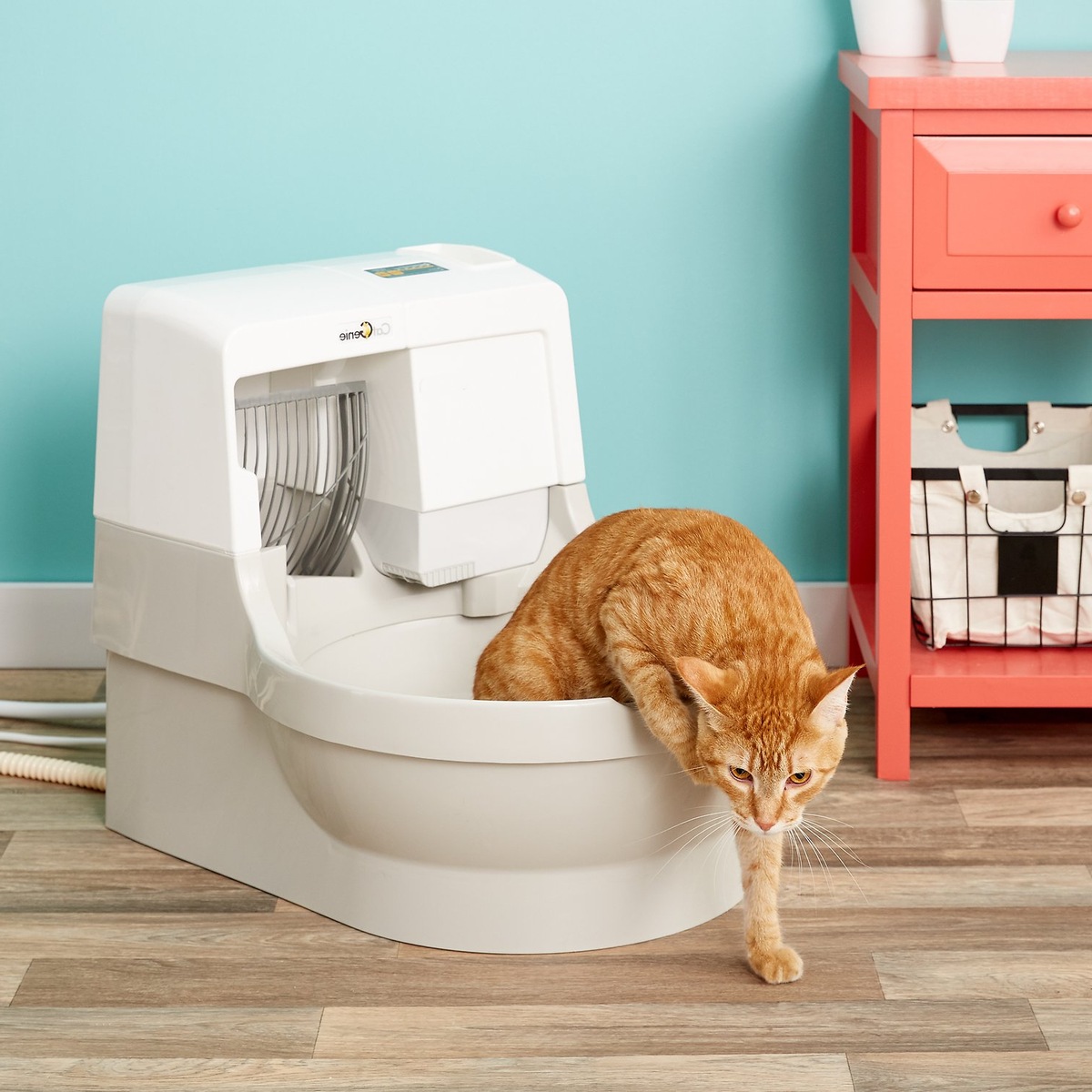
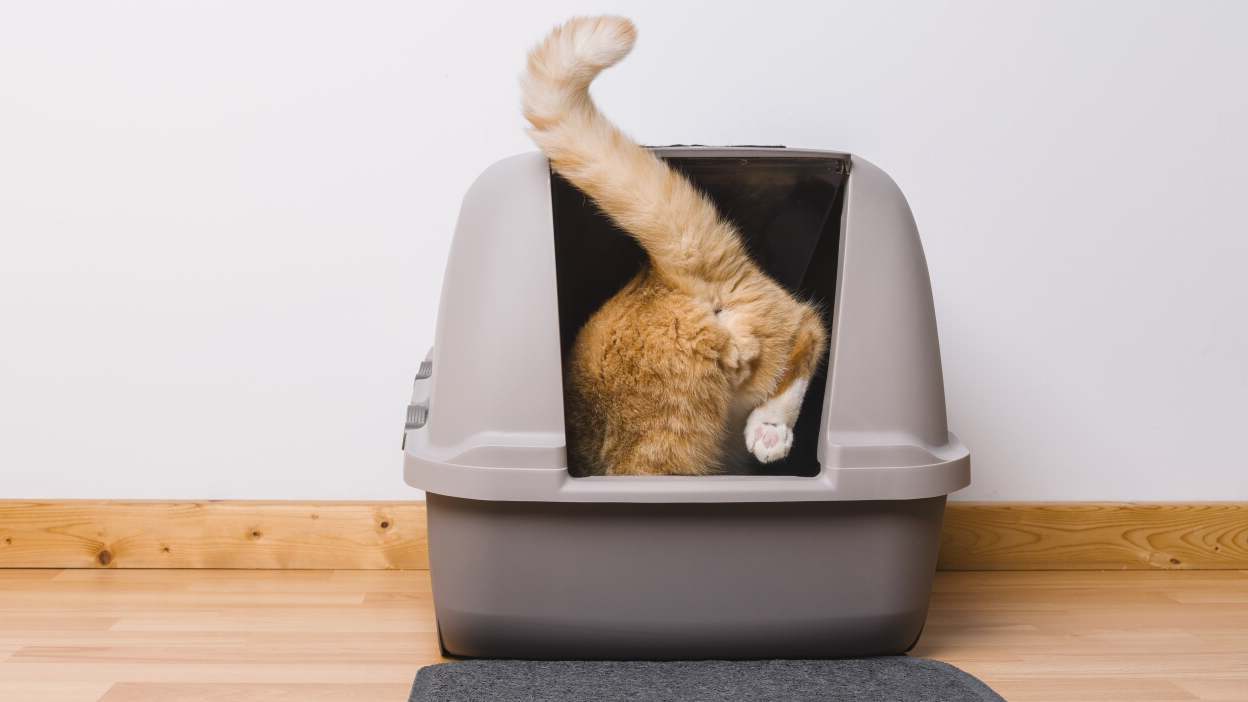
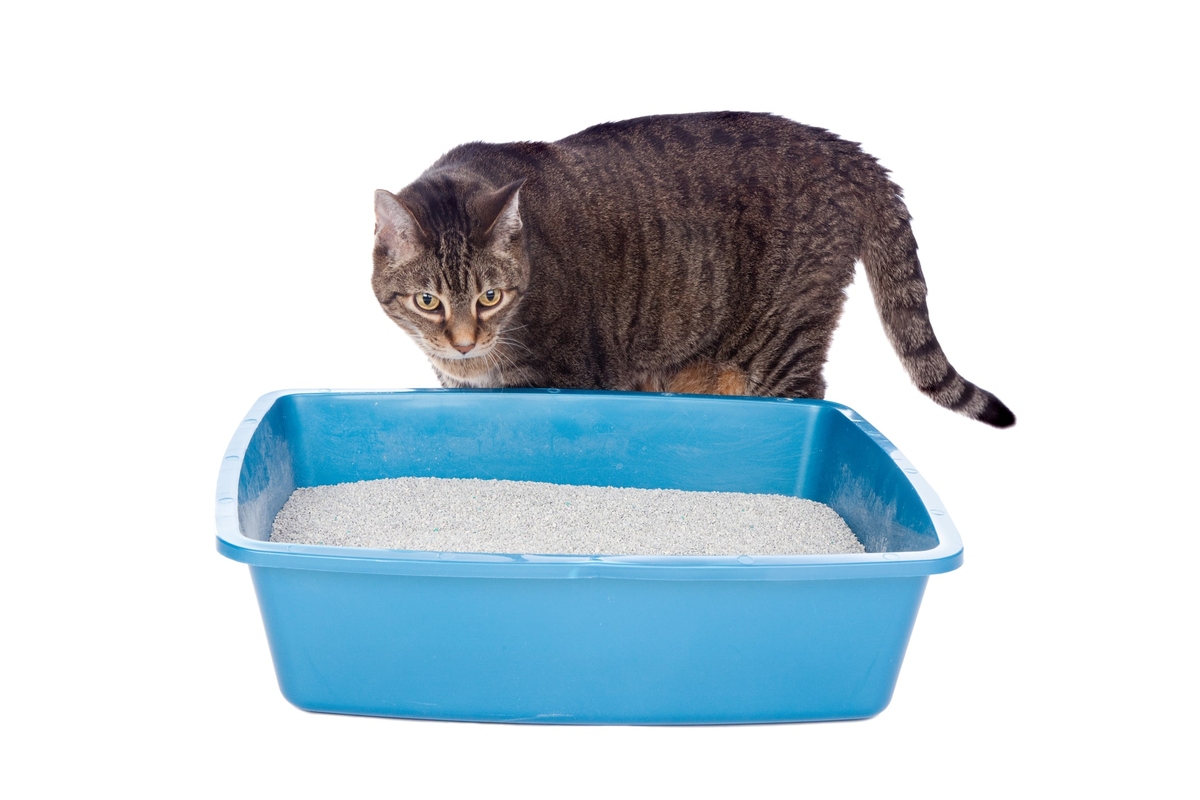
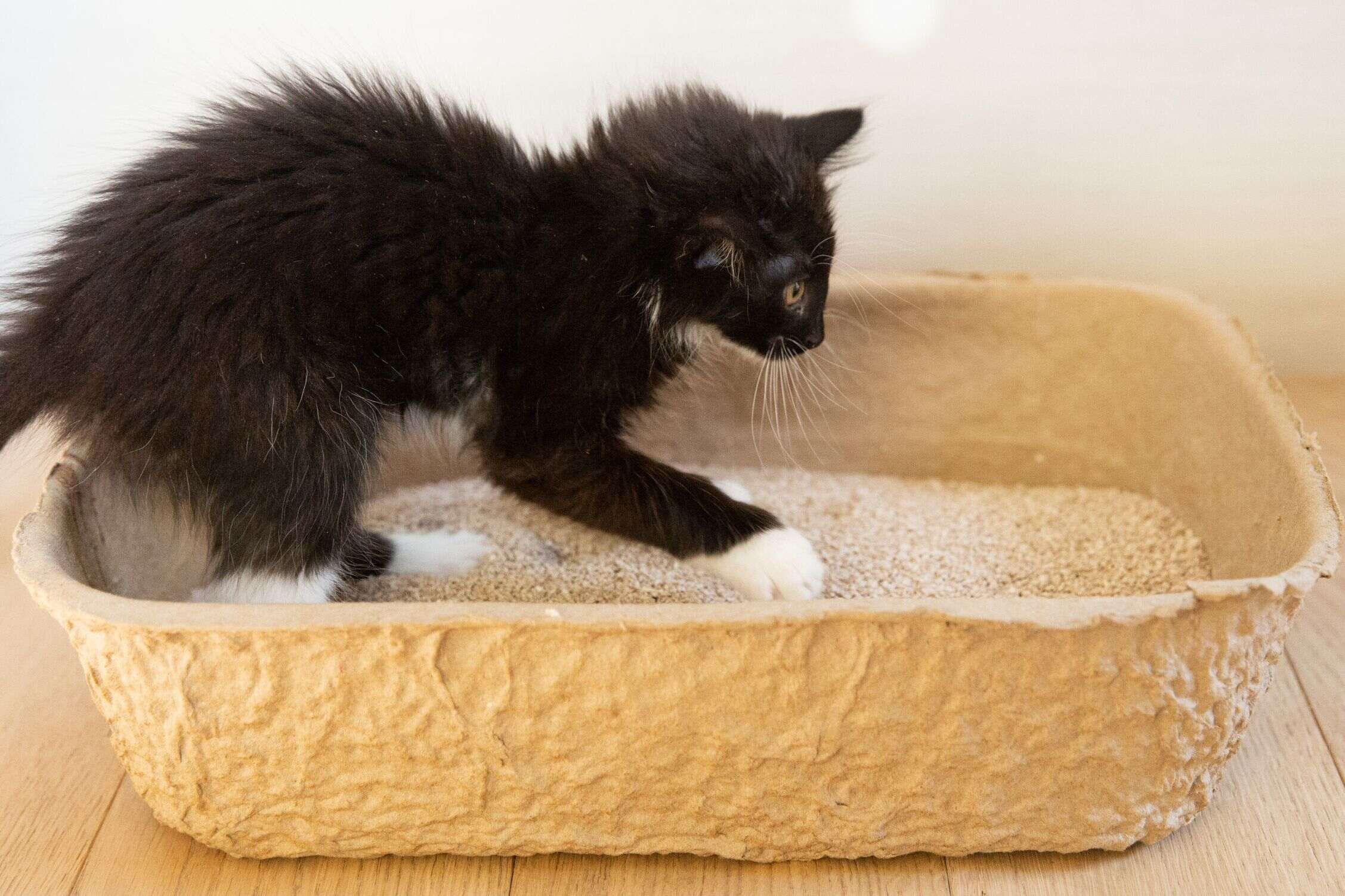
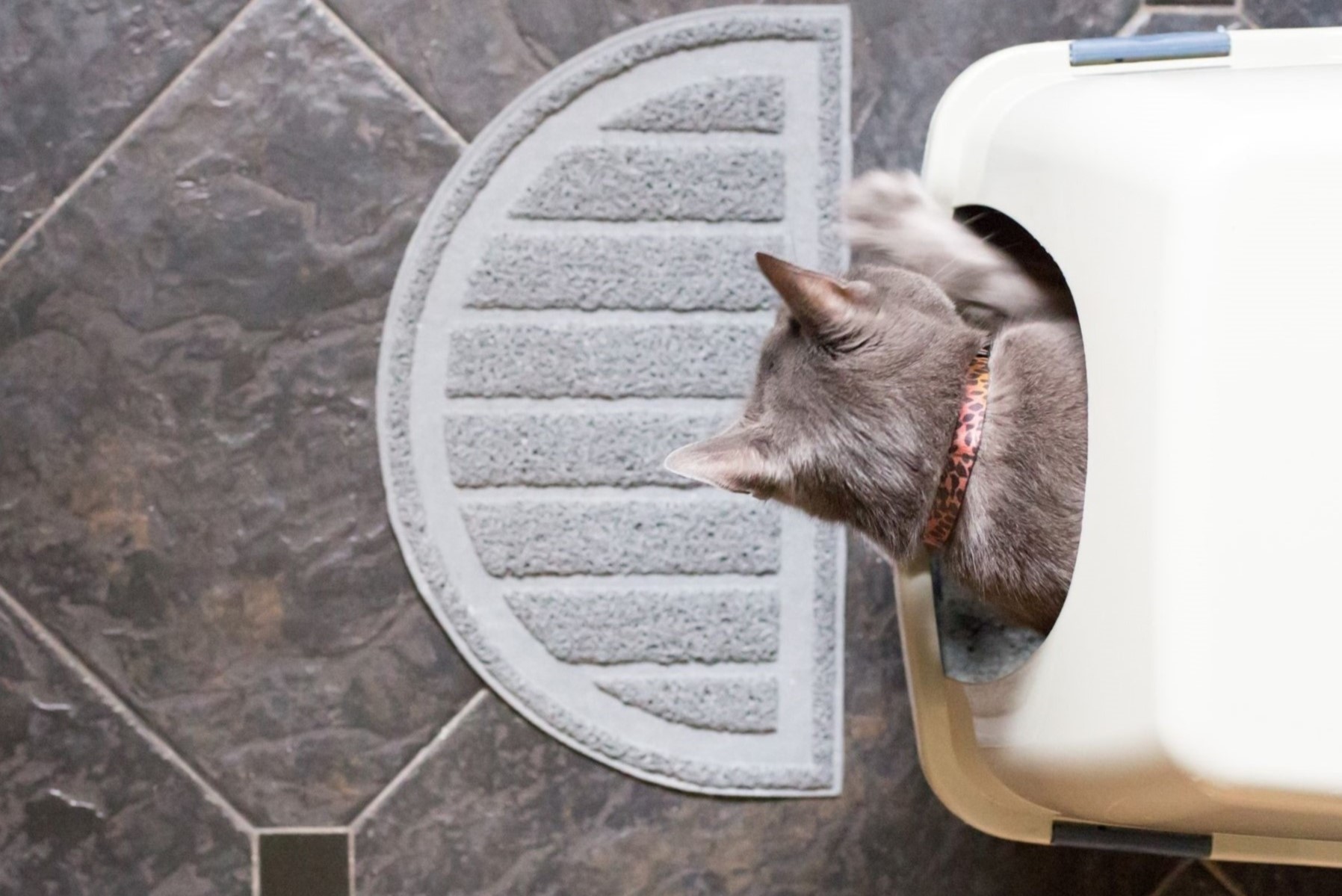

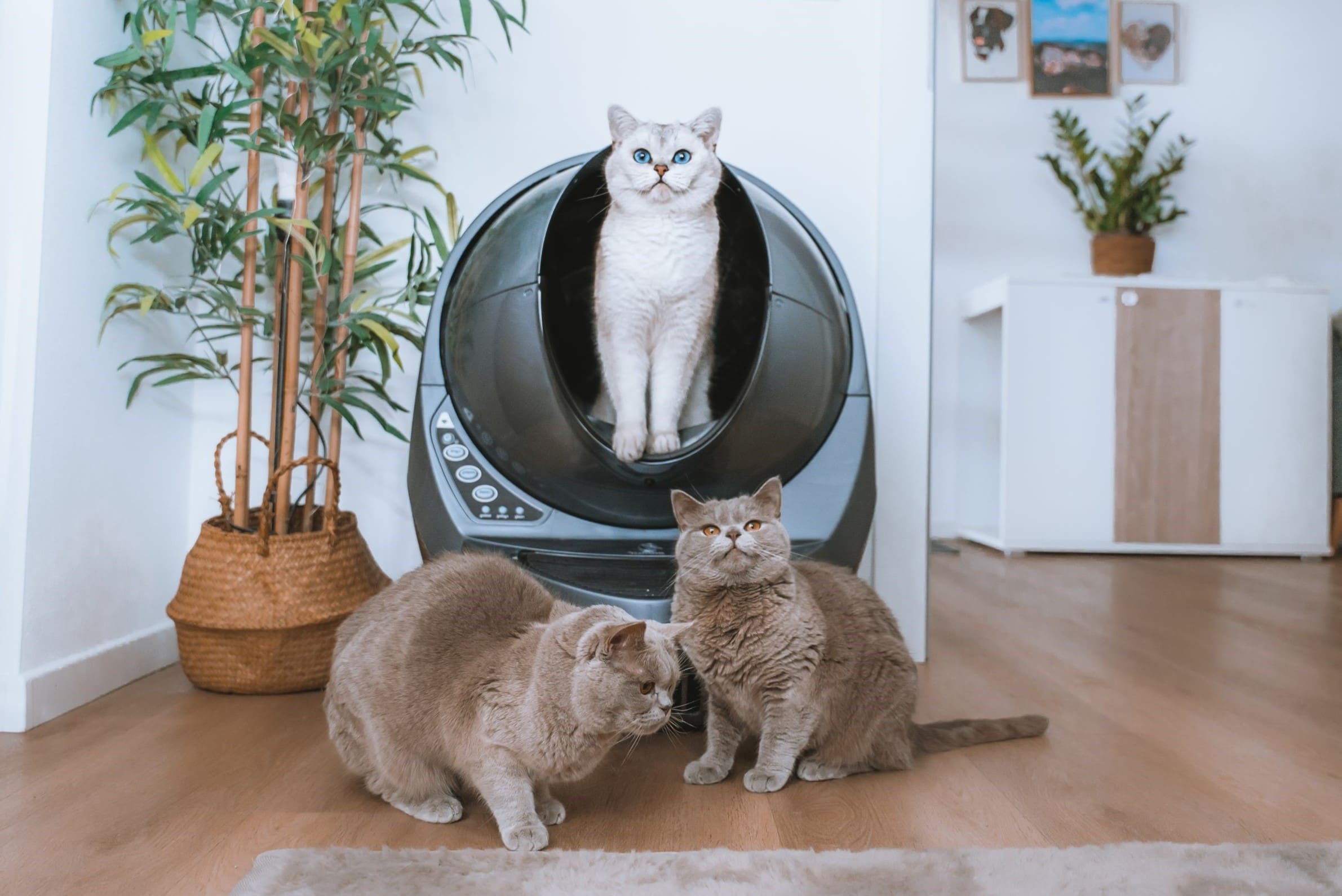
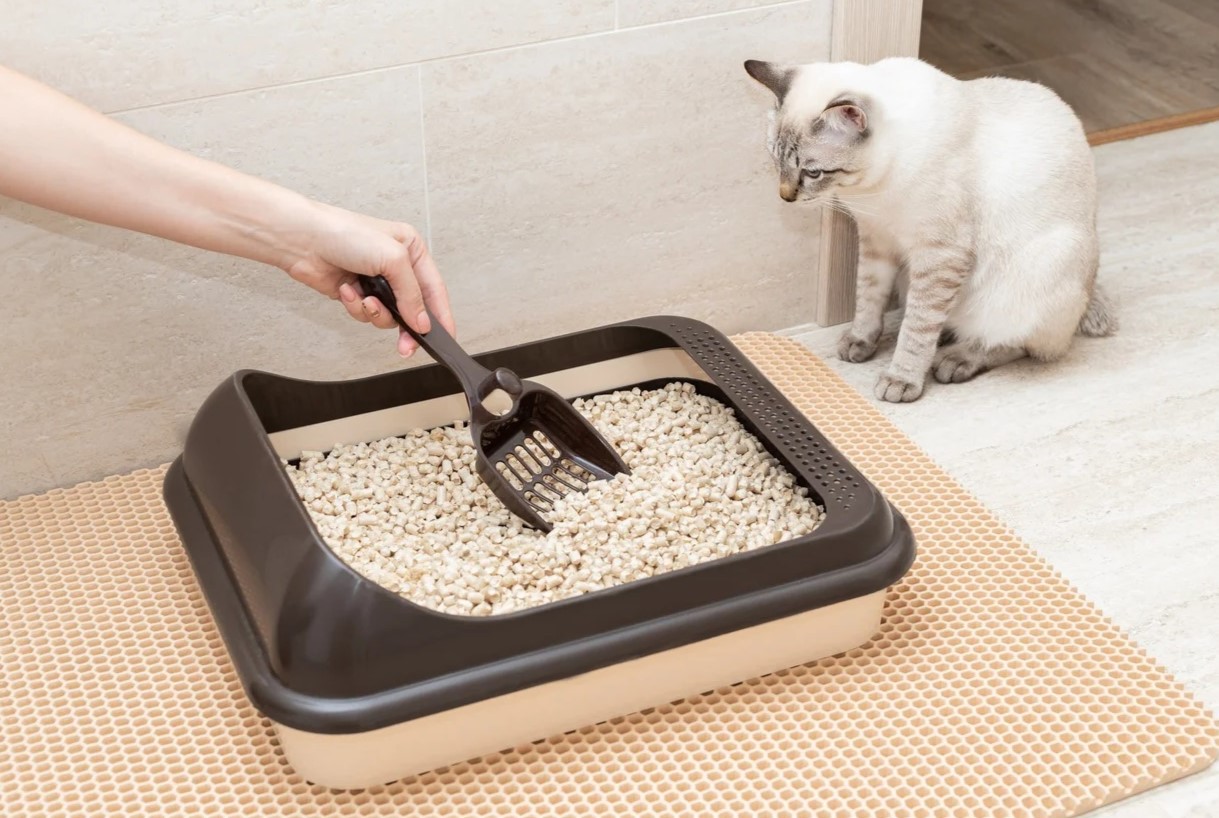
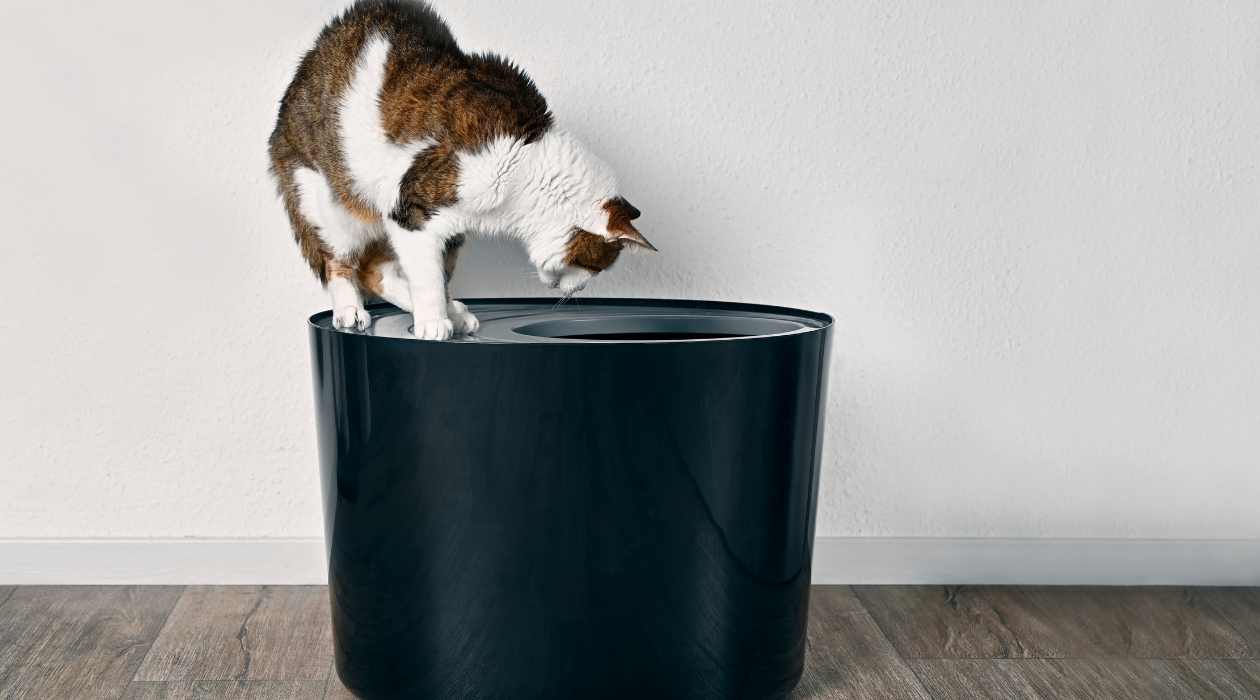

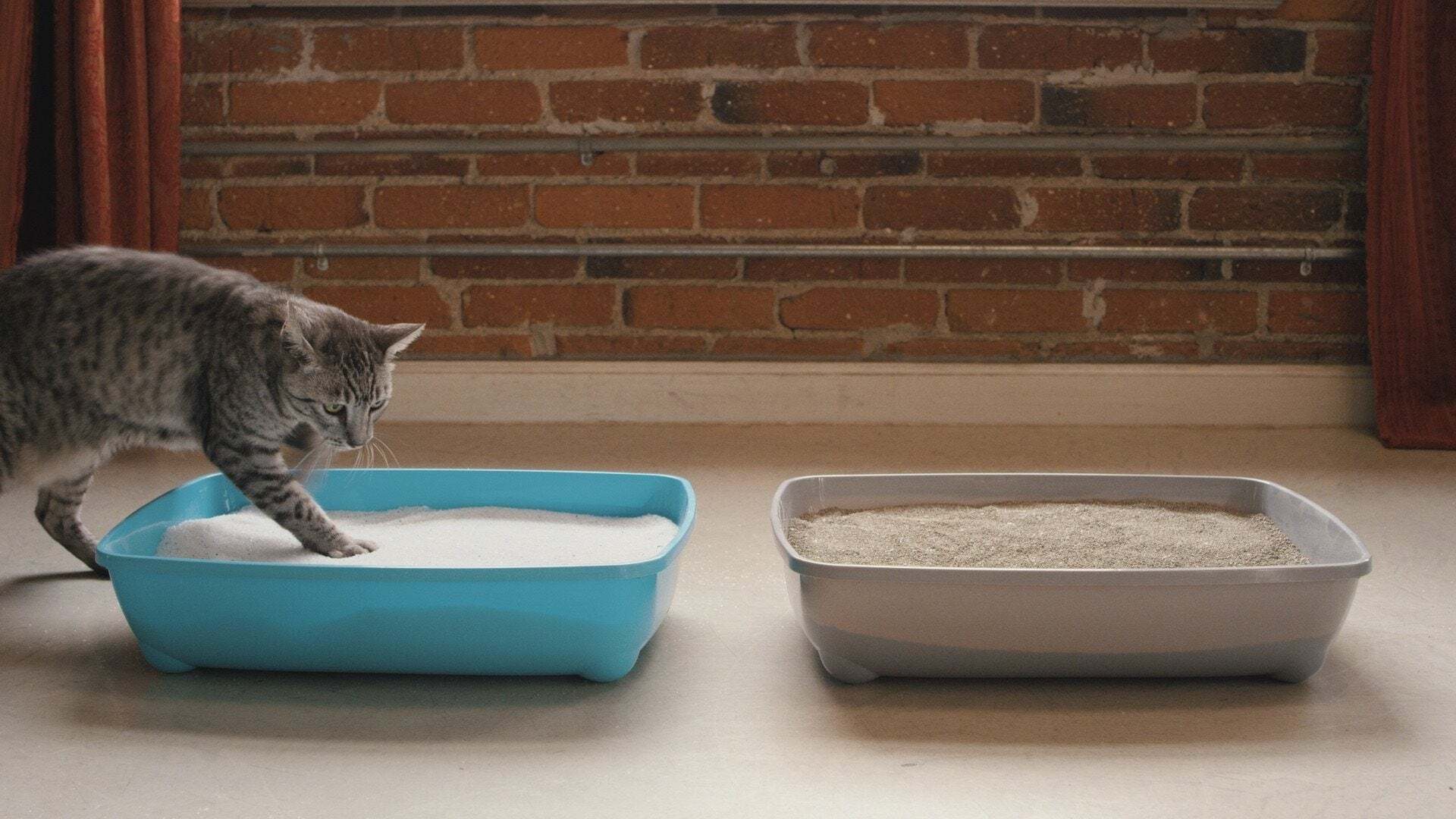
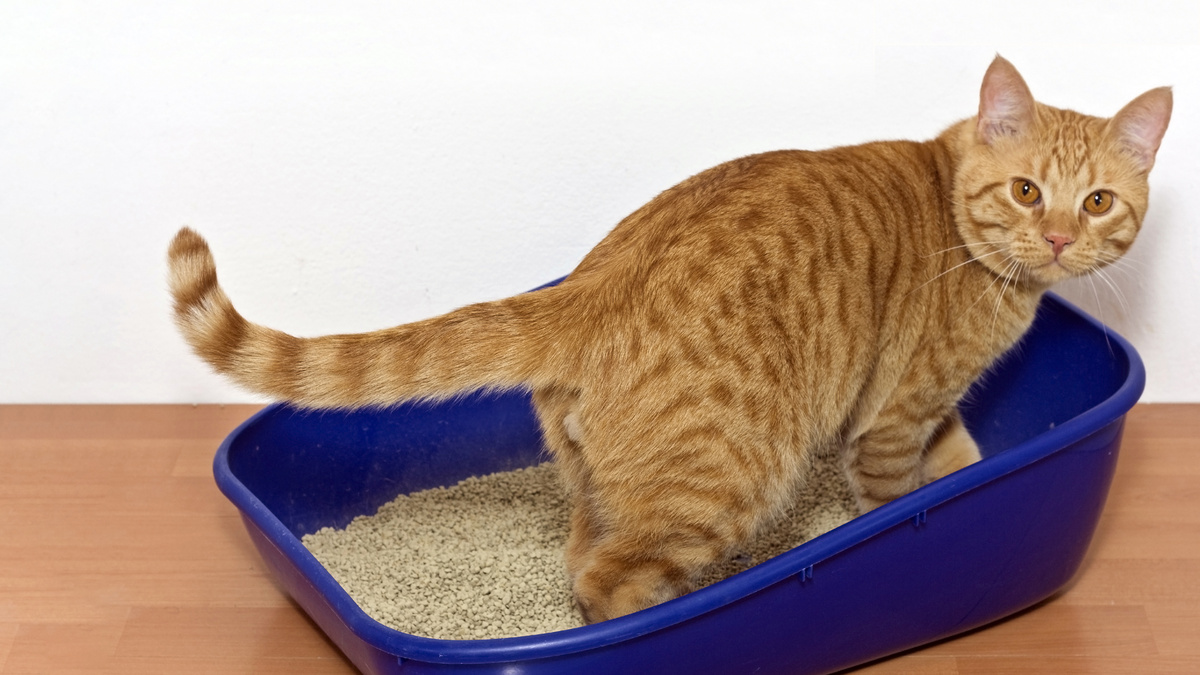

0 thoughts on “How To Teach A Cat To Use A Litter Box”